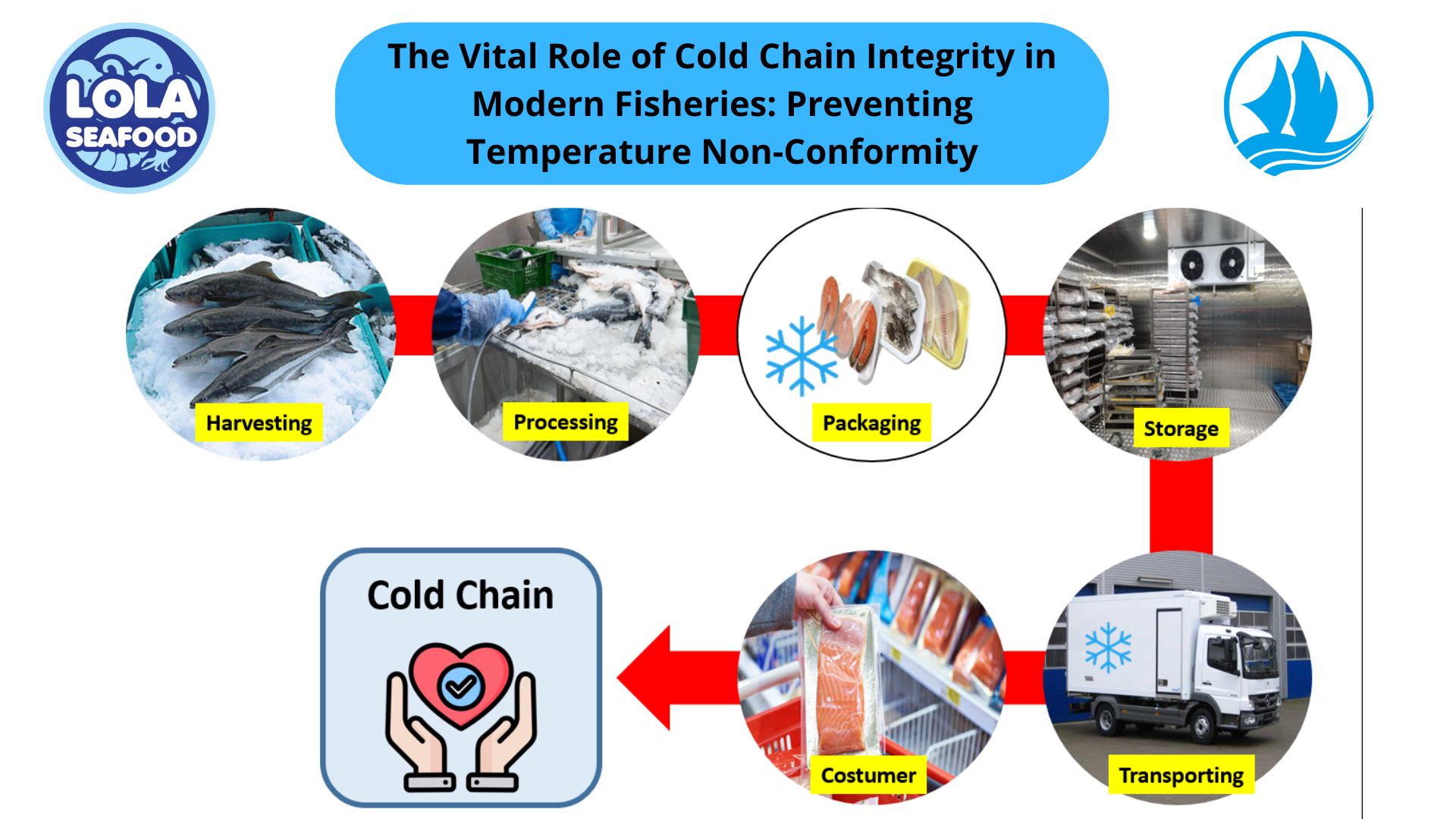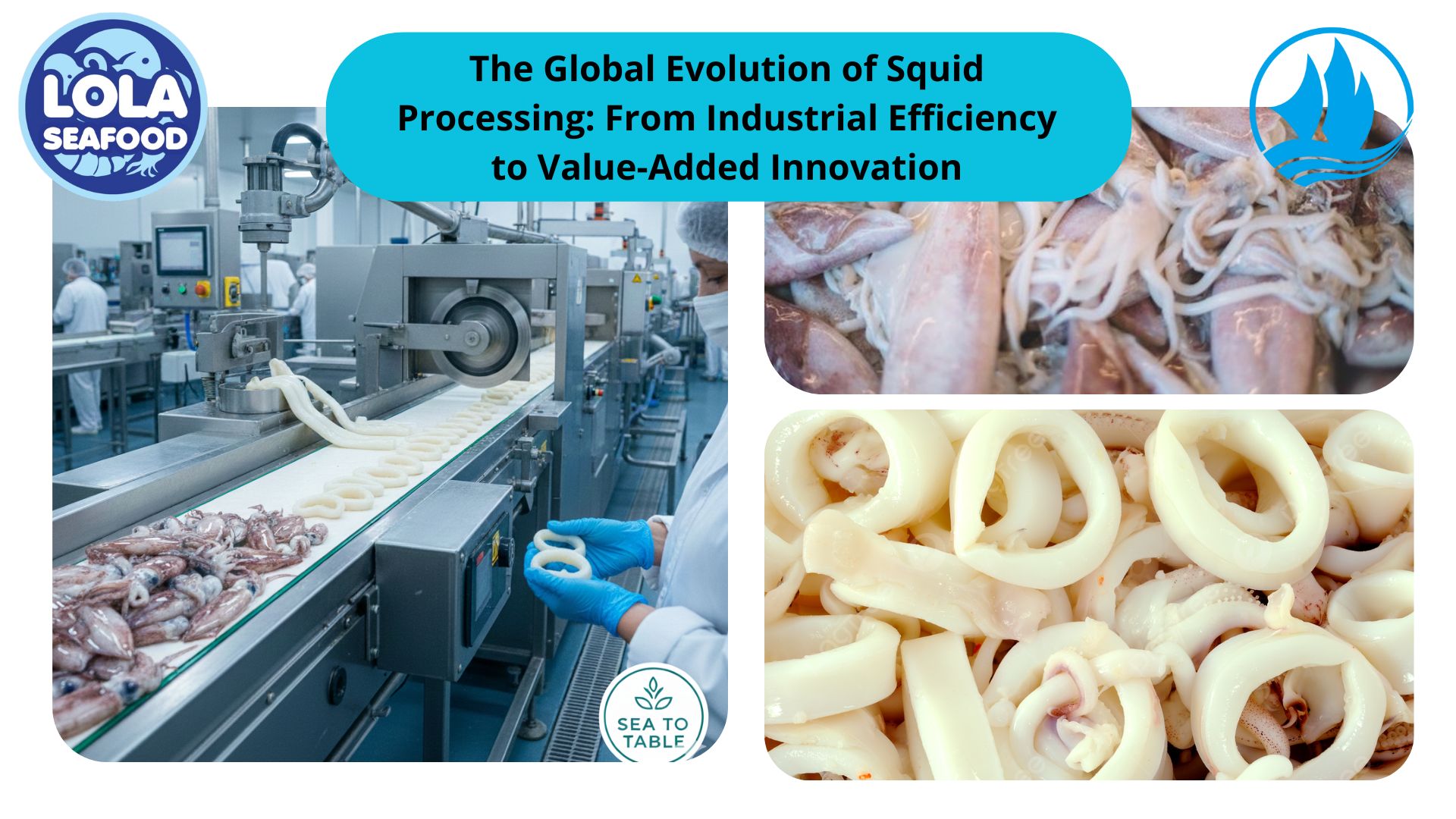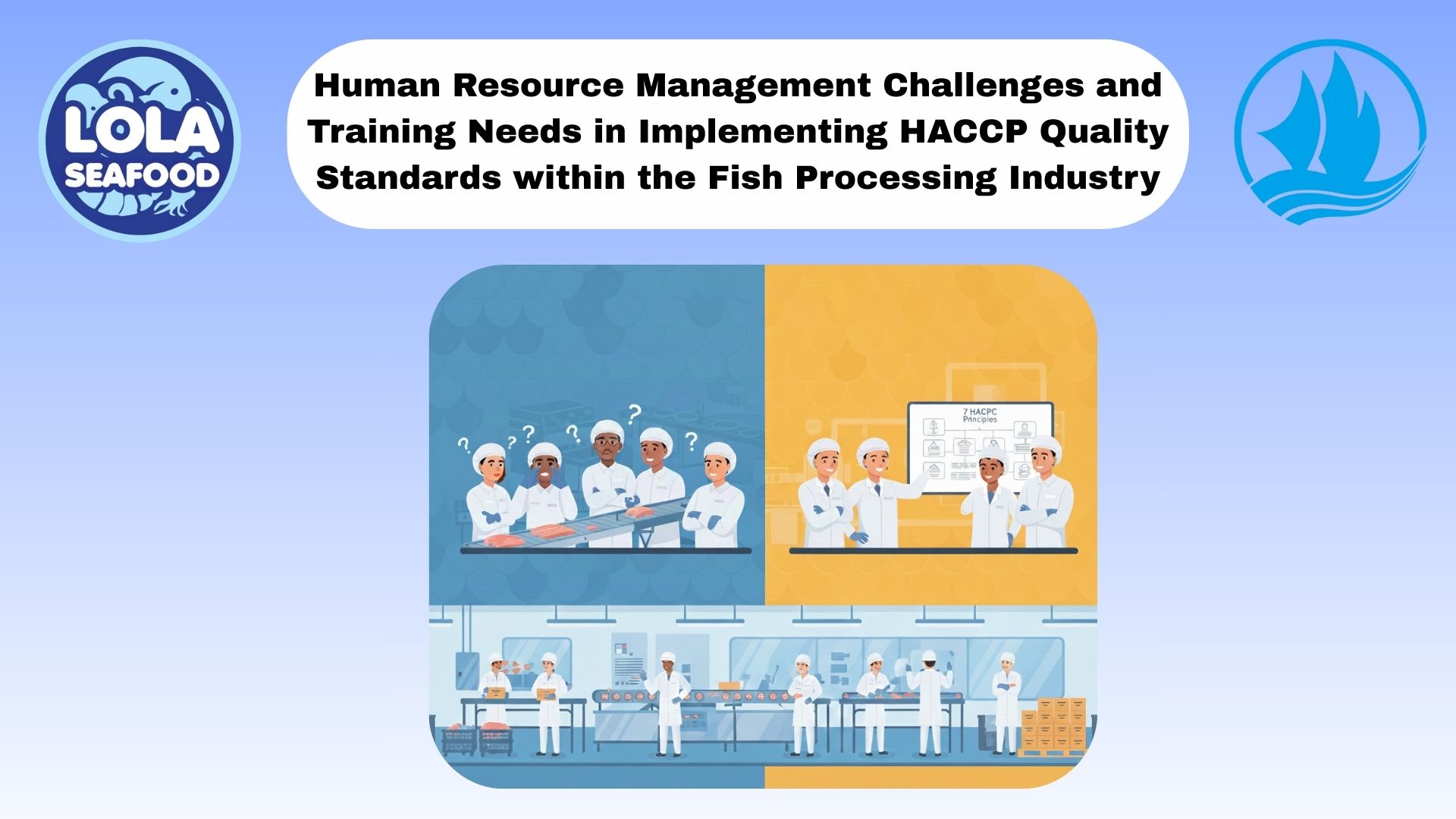The Influence of Cutting Techniques on Fish Fillet Quality
By. Najih - 12 Sep 2024.jpg)
The quality of fish fillets is significantly impacted by the cutting techniques used during processing. Understanding the relationship between cutting methods and the final product is crucial for ensuring high-quality fillets that meet consumer standards. This article delves into how various cutting techniques affect fish fillet quality and highlights key factors that influence the end result.
1. Importance of Uniform Cuts
Uniform cutting is essential for maintaining the quality of fish fillets. When fillets are cut uniformly, they cook more evenly, which improves both texture and taste. Uneven cuts can result in parts of the fillet cooking at different rates, leading to a less desirable texture and potentially affecting the overall flavor. Uniformity also plays a role in the presentation of the fillet, which is important for both consumer satisfaction and market value.
2. Precision and Cleanliness in Cutting
Precision in cutting is crucial for preserving the integrity of the fish's muscle fibers. Techniques that use sharp, flexible knives allow for cleaner cuts, reducing the risk of tearing or bruising the flesh. This not only enhances the texture of the fillet but also improves its flavor. Clean cuts help maintain the natural structure of the fish, ensuring a firmer and more appealing final product. Moreover, precise cutting methods help reduce the amount of waste generated during processing.
3. Impact on Freshness
The method of cutting can significantly impact the freshness of the fish fillet. Clean and precise cuts minimize the exposure of the fish flesh to air, which helps in retaining its freshness longer. Proper cutting techniques prevent the rapid deterioration of the fillet, maintaining its quality for a longer period. Conversely, rough or hasty cuts can lead to increased oxidation and spoilage, compromising the overall quality of the fish.
4. Waste Reduction and Efficiency
Efficient cutting techniques are crucial for minimizing waste and maximizing the yield of usable fillet. Properly executed cutting methods ensure that more of the fish is utilized, leading to better cost efficiency and reduced environmental impact. By improving the yield of each fish, processors can enhance their profitability while contributing to more sustainable practices in the industry.
.jpg)
The Impact of HACCP-Based Integrated Quality Management Programs on the Quality and Competitiveness of Fresh Demersal Fish Products
 and Employee Productivity on the Demersal Fish Processing Floor.jpg)


.jpg)



